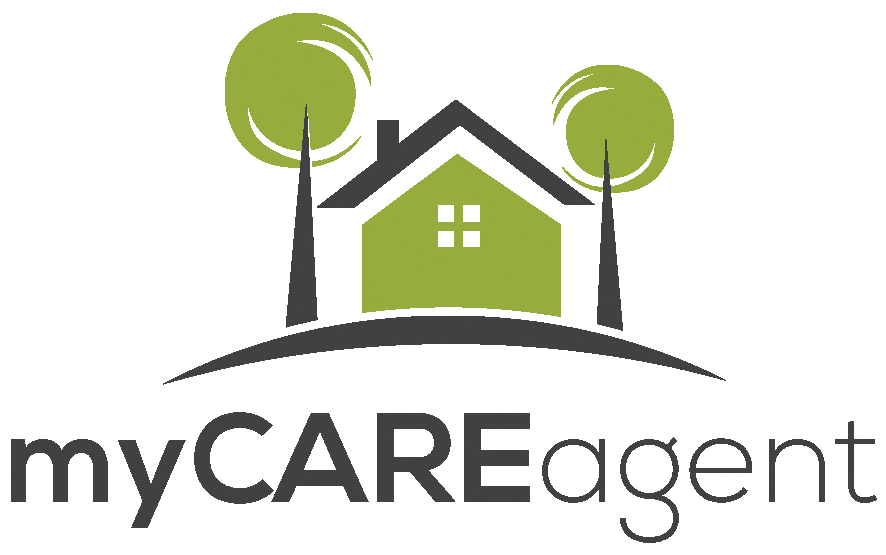
Real estate investors use the return on investment equation to evaluate the profitability of real estate investments.
What is ROI?
Return on investment (ROI) is an accounting term that indicates the percentage of invested money returned to an investor after the deduction of associated costs. Investors use ROI as a measurement to estimate and evaluate the performance of an investment or to compare the performance of a number of different investments. There are a couple different ways to calculate the ROI of a real estate investment, depending on the type of investment and other factors at play.
The examples presented below are for demonstration purposes only and do not include all potential expenses associated with property acquisition, ownership, and sale (such as property taxes, homeowner’s insurance, closing costs, etc.). When calculating ROI for your investment, be sure to include all relevant income and expenses associated with the property.
FIX & FLIP RETURN ON INVESTMENT
To calculate the return on investment for rehab properties, divide the equity by all costs. ROI = Equity / Cost
CASH TRANSACTIONS
If you buy a property outright in cash, calculating the ROI is fairly easy.
Example: Lets assume you purchased a property for $300,000 in CASH and put in an additional $50,000 in repairs. After the repairs, the property is now worth $400,000. You have created $50,000 in equity ($400,000-$300,000-$50,000 = $50,000).
To calculate the ROI, divide the equity by all the costs related to the purchase, repairs and rehab of the property.
$50,000 / $350,000 = .143
ROI = 14%
FINANCED TRANSACTIONS
By leveraging other people’s money, you can dramatically increase your ROI.
Example: We can run the same scenario as above, but now lets assume you secured a loan for the purchase of the property. Perhaps you put a 20% down payment on a $300,000 home ($60,000), financing a $240,000 loan. $50,000 for repairs is paid in cash, not included in the loan. Depending on how long you own the property, you will also make loan payments to your lender. Lets assume you hold the property for 6 months and pay $1,500 per month to your lender for a total of $9,000. Your out of pocket cost in this scenario is only $119,000 ($60,000 down payment + $50,000 repairs + $9,000 mortgage payment). If the after repaired value of the property is $400,000, the equity position is $281,000 ($400,000-$119,000).
To calculate the ROI, divide the equity by all the out of pocket costs related to the purchase, repairs, and rehab of the property (not including the loan balance).
$281,000 / $119,000 = 2.36
ROI = 236%
The difference, of course, is attributable to the loan – leverage as means of increasing ROI.
RENTAL PROPERTIES
If your strategy is to buy and hold rental property, the return on investment calculation is slightly different, factoring in monthly expenses and rental income.
CASH TRANSACTIONS
Example: Lets assume you purchased the $300,000 home to be used as a rental property. Fast forward 1 year, and you have been collecting rent at $1,600 a month for the past 12 months, totaling $19,200 in rental income for the year. Lets also estimate that property taxes and insurance cost $5,000 annually. For the most realistic ROI, we must calculate the annual return, which is the annual income minus the annual expense ($19,200-$5,000), totaling $14,200.
To calculate the property’s ROI, divide the annual return ($14,200) by the total investment ($300,000).
$14,200 / $320,000 = .047
ROI = 5%
FINANCED TRANSACTIONS
Financing a rental property creates additional monthly expenses because of the monthly mortgage payment. Analysis of the rental market in the area is important to make sure the rental rates are sufficient to cover your mortgage payment.
Example: Let’s assume that instead of paying cash for the $300,000 property, you financed the transaction with a down payment of 20% ($60,000), and a loan of $240,000. You make payments of $1,500 per month ($18,000 annually) to your lender, and $5,000 annually for property taxes and insurance. The annual expenses for a financed transaction on this property are $23,000 ($18,000+$5,000). In this scenario, the tenant will need to pay more than $1,600 per month ($19,200 annually) as presented in the cash scenario in order to cover the additional expenses presented by the mortgage loan. The tenant in this case will need to pay at least $1,950 per month, creating a cash flow of $23,400 annually. The annual return is $400 ($23,400-$23,000).
To calculate the property’s ROI, divide the annual return by your original out of pocket expenses.
$400 / $60,000 = .0066
ROI = .7%
As you can see, you have a lot less “wiggle room” when financing a transaction for a rental property. Most investors will recommend to leverage other people’s money (finance the property), but make sure that the monthly payments to your lender do not exceed the potential rental income associated with the property.
ROI APPRECIATION
The return on investment of a particular property can change over time due to many factors, such as rental rate increases or the reduction of the principle balance of your mortgage.
CASH TRANSACTION
Example: Lets take the cash transaction from the rental property above with an ROI of 5%. Perhaps you increased the rental rate 3% each year, setting the new rental income at about $1,781 a month, or $21,372 annually. The new ROI is the annual return ($21,372 rental income-$5,000 annual expenses) divided by the initial investment.
$16,372 / $300,000 = .0545
ROI = 5.5% (an increase of .5%)
FINANCED TRANSACTION
When calculating the ROI for a mortgaged property you have owned for some time, your mortgage payments will also factor into the equation and will be added to your initial cash investment.
Example: Lets take the financed transaction from the rental property above with an ROI of .7%. 5 years later, your cash flow is roughly $2,193 a month ($26,316 annually) because you increased the rental rate 3% each year. Your monthly payments of $1,500 to your lender for the last 5 years have reduced your principle loan balance by about $30,000. The new ROI is the annual return ($26,316 rental income-$23,000 expenses) divided by your cash investment ($60,000 down payment + $30,000 loan payments).
$3,316 / $90,000 = .0368
ROI = 3.7% (an increase of 3%)
Track Your Income and Expenses
The above examples are very basic and do not include additional expenses a rehab or rental property might generate. Still, they work to show that ROI changes depending on the finance method and property intent. As a general rule, the less cash you put into a real estate deal, the greater your ROI will be. However, we have also demonstrated that there is a threshold where the finance terms encroach upon the property’s cash flow potential and may severely impact your ROI. By calculating a property’s current or potential ROI, you can estimate the potential gains on your initial cash investment.





0 Responses
It’s all about the math. Properties in Alabama can have much higher ROI rates even though rent prices are dirt cheap.
Haha, I have discussed ROI before with one of my friends that work as a real estate agent. He was trying to show me how the formula works but kept using weird examples and was pretty bad at explaining – I never understood the return on investment calculation till now.
You explained it very nicely and even people that don’t have much experience with it, like me, will understand it.
What about properties with adjustable rate mortgage? I imagine calculating ROI for it is far more complicated?